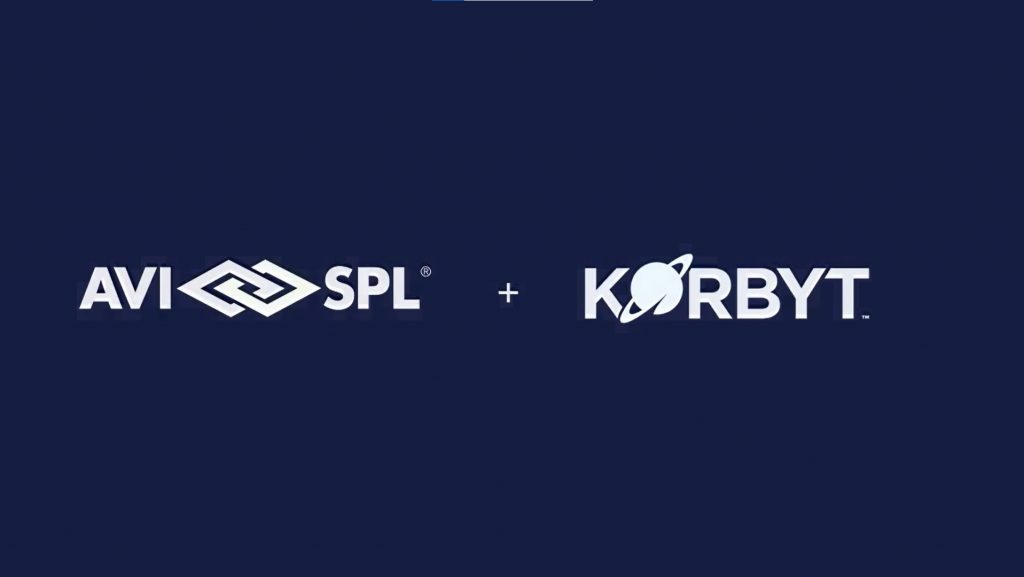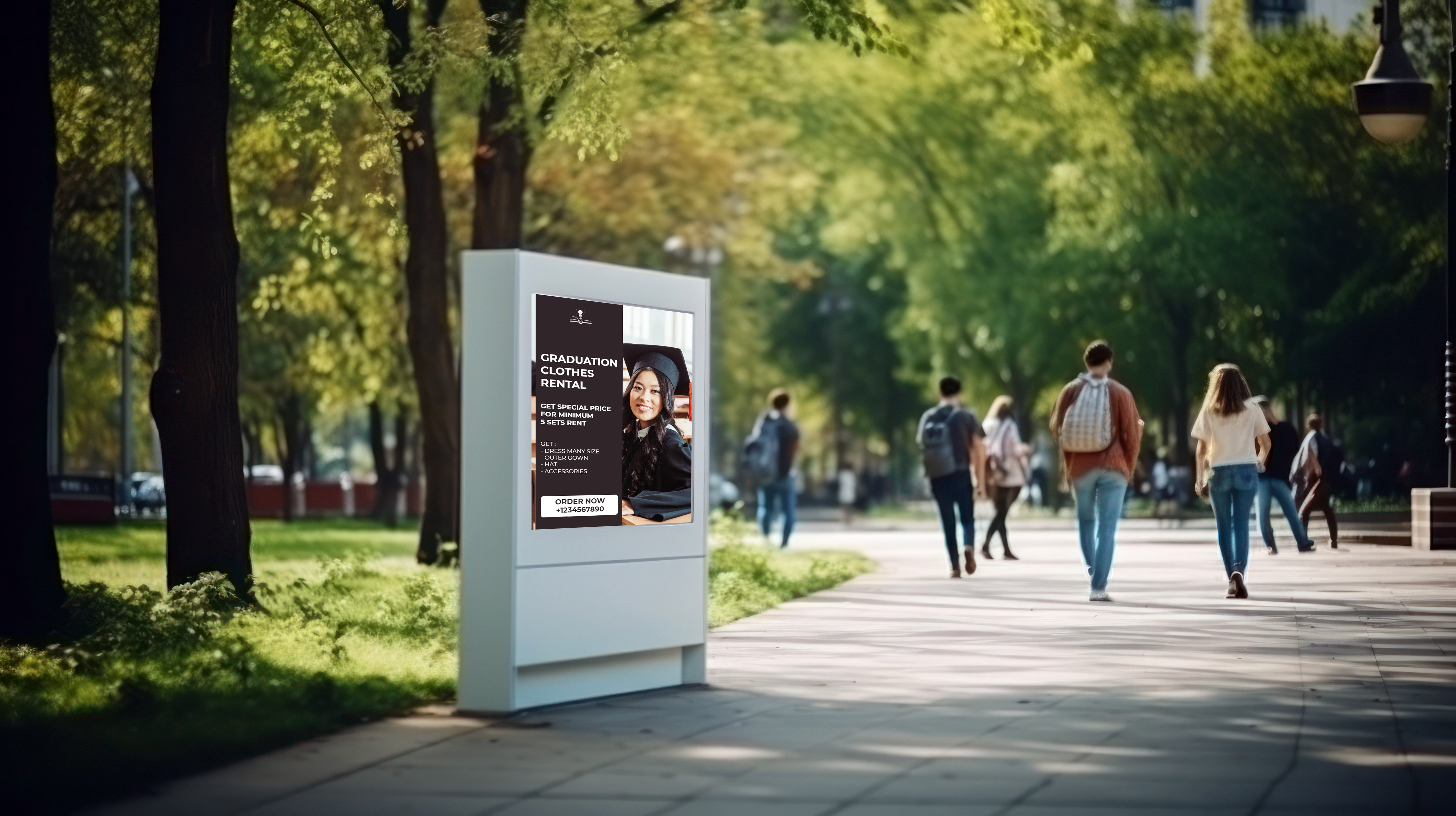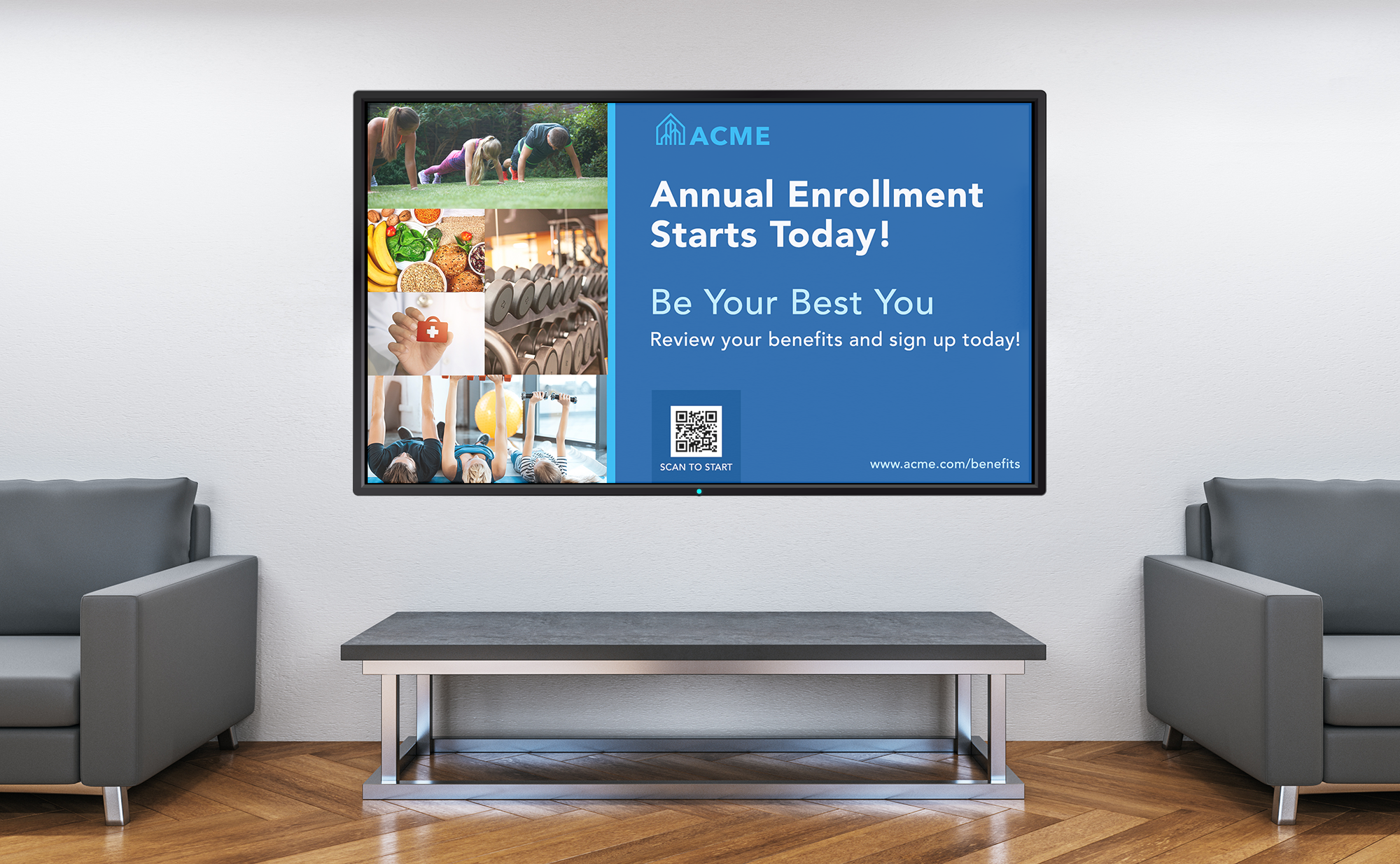
When Gallup has a story to tell, it’s worth paying attention. Their research into employee experience reveals some arresting gaps. Only 26% of global employees are engaged in their workplace. That’s slightly better in the U.S., with the percentage going up to 36%. In both cases, though, these are troublesome numbers that haven’t moved much in the last decade.
Is that the only experience employees are having? Of course not. There are many, many companies following best practices, leveraging the latest and greatest tactics and technology to accomplish more for their employees — and the overall productivity of their workforce. What their success and Gallup’s numbers suggest is that there is tremendous opportunity for forward thinkers in business.
Start by exploring four avenues of engagement: extended and targeted reach, smart meeting room reservations, clean employee data, and decentralized messaging.
Reach All of Your Employees — Including Desk Employees & Front-Line Workers

One of the first problems confronting organizations is how to reach all their employees. Desk employees are “easy” — the proverbial “low hanging fruit” of business-speak. They have expected devices (their desktop computer, or a company provided mobile device) and traditional channels (in office digital signage, a company mobile app, the intranet and email).
More challenging, perhaps, are the frontline workers — on-the-go or in environments where they don’t have access to those devices or channels. Should they be left out of the content and messaging conversations? Not if you are looking to create a cohesive, comprehensive team. Two tiers of messaging would, in effect, create two classes of employee engagement, with your “second class” less informed and potentially less committed — and productive.
Fortunately, there are solutions in workplace communications platforms that enable key content to be “published” once, but to then reach different screens, personalized to reach all employees based on criteria such as timing, location, and device and channel preference. And because every worker won’t have access to SSO, this also provides for different types of authentication, to keep communications secure across your extended workforce.
Use Technology to Help Hybrid Employees Find a Place to Work
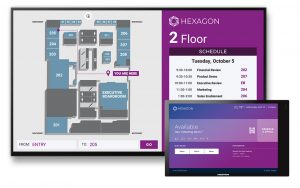
COVID has changed the way organizations work. For employees, especially, it has increased the desire for hybrid work situations that don’t depend on the office. The same conditions and adaptations have also changed the very layout of the office, forcing companies to rethink the use of real estate and the appropriation and assignment of workstations and meeting room spaces within their walls.
What will any employee — FTE or hybrid — discover when they return to the office? A compelling, navigable and engaging workspace? Or a head-scratching, “Now where am supposed to go to get my work done?” Technology provides answers to address these needs and demonstrate that an organization is not only “with” the times — but maybe even innovating ahead.
With your workplace communications platform’s smart reservation system, hybrid employees coming into the office can find available hoteling desks or collaborative spaces and reserve these areas for their on-site productivity and meetings. This reservation system can also be set up to accommodate specific meeting needs — whiteboarding software, or AV tech that supports both in person and remote employees — so it’s more than available space: it’s the right space to get the job done. And if timing or location needs shift, the “smarts” in the system will keep all involved aware and updated.
Another component of a workplace communications platform is wayfinding, the ability to transform digital signage into interactive maps of a floor, a building or an entire campus into “business GPS.” An on-screen tap (or touchless gesture) is all it takes to find a particular location or colleague, and animate turn-by-turn directions that show an on-site employee where to go and who to connect with.
Clean Data Helps Customize Employee Messages to Keep People Engaged
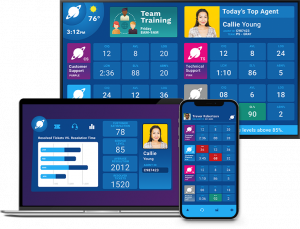
Engagement comes from relevancy. The same communication to everyone in the organization, delivered in the exact same way, is not going to have the same level of impact as content that has custom components. Y
Your employee communications platform should provide for targeted content. This is not only targeted to a channel and device — such as the video player on your digital signage screen. It’s also keyed into the specifics of your employees: their department, location, job type and more — the relevant data that makes each member of your workforce unique.
Now, creating this relevancy does require clean data. As you move to implement this type of powerful solution, work with your HR and IT teams to be sure that you have the data attributes that matter: roles, tenure, hire date — whatever the right data points are that will allow your communications to target and deliver in a meaningful way.
Putting the effort into your content — customizing it to a person or team based on who they are, where they are, even “when” they are — can reap tremendous benefits in engagement. This is the type of employee experience that can ultimately result in more dedication and productive action in the workplace and for your organization.
Decentralized Messaging = More Positive Outcomes
Is every message dependent on a single communication team? (And if there are limits to the size of that team — possibly a solo communication professional?) Not if you approach content strategically and leverage the power of decentralized communications.
Getting more people involved goes beyond “sharing the burden.” (Although there are benefits to that, too!) While an internal communications lead will rightly want to maintain control of the brand and overall approach, there are significant advantages to the fact that a local communications “ambassador” — a decentralized delegate — will know their local audience best. So, while the IC lead will set a behavioral goal for a particular communication, a communications partner in another region, state or even country can scale/adapt that content to work best for the local populace.
The workplace communications platform that extends across the organization is a mutual staging system for tracking these assets, metrics. This also allows for sharing what works, no matter where it originates. What starts as a global communications initiative may blossom on the local level in such a way that it gets pulled back up to bolster the company-wide efforts.
Ready to put these ideas to work and beat Gallup’s employee experience numbers? Learn more with a watch or listen to the Collaboration Space podcast: this topic-specific interview features host Nancy Lussier, AVI-SPL Director of Campaigns and Content in conversation with Gregg Apirian, Chief Experience Officer of Korbyt.

